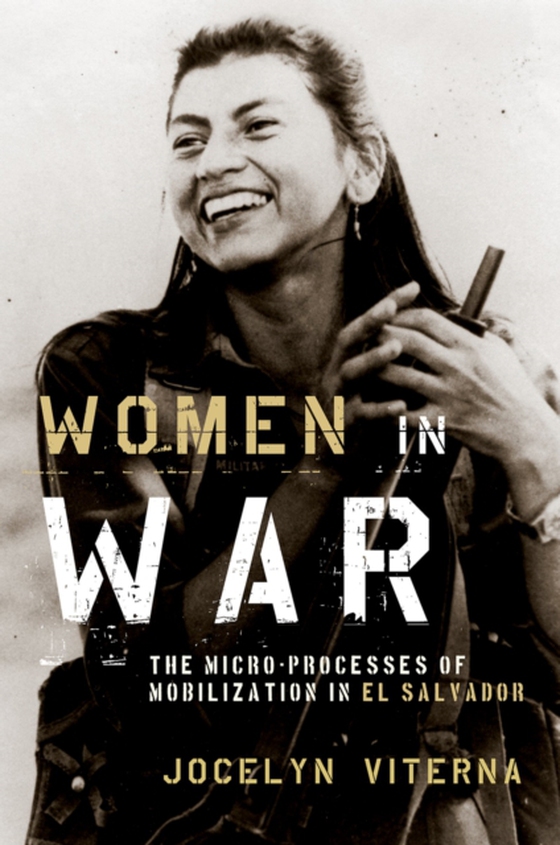
Women in War e-bog
280,67 DKK
(inkl. moms 350,84 DKK)
Waging war has historically been an almost exclusively male endeavor, yet over the past several decades women have joined insurgent armies in significant and surprising numbers. Why do women become guerrilla insurgents? What experiences do they have in guerrilla armies? And what are the long-term repercussions of this participation for the women themselves and the societies in which they live? ...
E-bog
280,67 DKK
Forlag
Oxford University Press
Udgivet
3 oktober 2013
Genrer
1KLCS
Sprog
English
Format
pdf
Beskyttelse
LCP
ISBN
9780199843640
Waging war has historically been an almost exclusively male endeavor, yet over the past several decades women have joined insurgent armies in significant and surprising numbers. Why do women become guerrilla insurgents? What experiences do they have in guerrilla armies? And what are the long-term repercussions of this participation for the women themselves and the societies in which they live? Women in War answers these questions while providing a rare look at guerrilla life from the viewpoint of rank-and-file participants. Using data from 230 in-depth interviews with men and women guerrillas, guerrilla supporters, and non-participants in rural El Salvador, Women in War investigates why some women were able to channel their wartime actions into post-war gains, and how those patterns differ from the benefits that accrued to men. By accounting for these variations, Women in War helps resolve current, polarized debates about the effects of war on women, and by extension, develops our nascent understanding of the effects of women combatants on warfare, political violence, and gender systems. In the process, Women in War also develops a new model for investigating micro-level mobilization processes that has applications to many movement settings. Micro-level mobilization processes are often ignored in the social movement literature in favor of more macro- and meso-level analyses. Yet individuals who share the same macro-level context, and who are embedded in the same meso-level networks, often have strikingly different mobilization experiences. Only a portion are ever moved to activism, and those who do mobilize vary according to which paths they follow to mobilization, what skills and social ties they forge through participation, and whether they continue their political activism after the movement ends. By examining these individual-level variations, a micro-level theory of mobilization can extend the findings of macro- and meso-level analyses, and improve our understanding of how social movements begin, why they endure, and whether they change the societies they target.
 Dansk
Dansk

